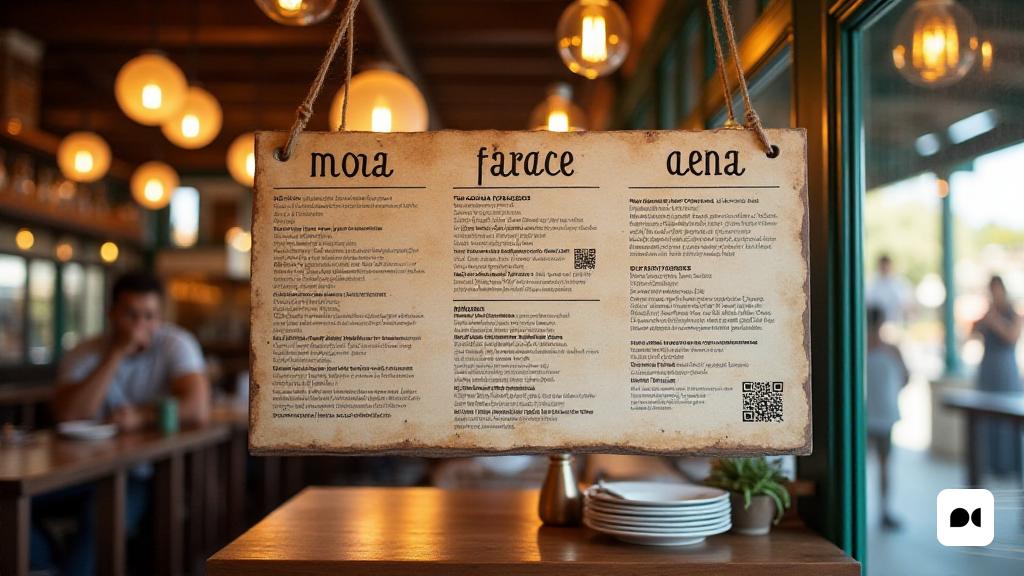The Digital Revolution in the Gastronomic Experience
The transformation from paper menus to QR codes accelerated during the health crisis, becoming a common practice in many restaurants. This change has not only made it easier to access menu information, but has also allowed establishments to reduce operating costs by doing away with physical menus.
The New Normal: QR Codes in the Summer
Over the summer months, you’ve probably noticed that many beach venues have embraced this technology. Traditional menus, which once adorned tables, have been replaced by simple stickers with QR codes. This minimalist approach, while practical, has raised concerns about the safety of users.
The Dark Side of Innovation
Despite their advantages, QR codes can also be fertile ground for scammers. Criminals have found ways to replace legitimate codes with manipulated stickers that redirect to malicious websites. These portals can steal personal information or even install malicious software on unsuspecting devices.
Tips for Safe Browsing
To avoid falling into these traps, it is essential to be cautious. If you feel unsure about scanning a QR code, it is best to ask the restaurant staff to do it for you. You can justify yourself by saying that your device has problems reading codes or simply express your doubts about the security of the option.
Protecting Your Personal Information
Restaurant owners are taking steps to combat these threats by using QR codes that are harder to tamper with. However, it is always advisable to be vigilant. A QR code should only direct to the establishment’s official website and never ask for personal information or payment. If you do become a victim of fraud, it is crucial to report the incident to the authorities.
Final Thoughts
As technology continues to evolve, it is imperative that both consumers and businesses stay informed about the associated risks. The convenience of QR codes should not compromise our safety. Education and caution are our best tools for a safe and enjoyable dining experience.

